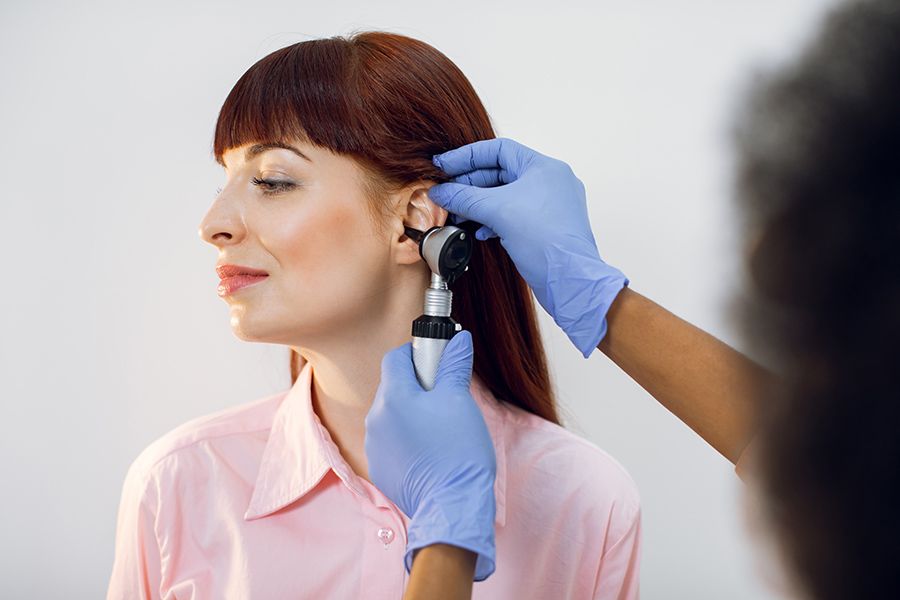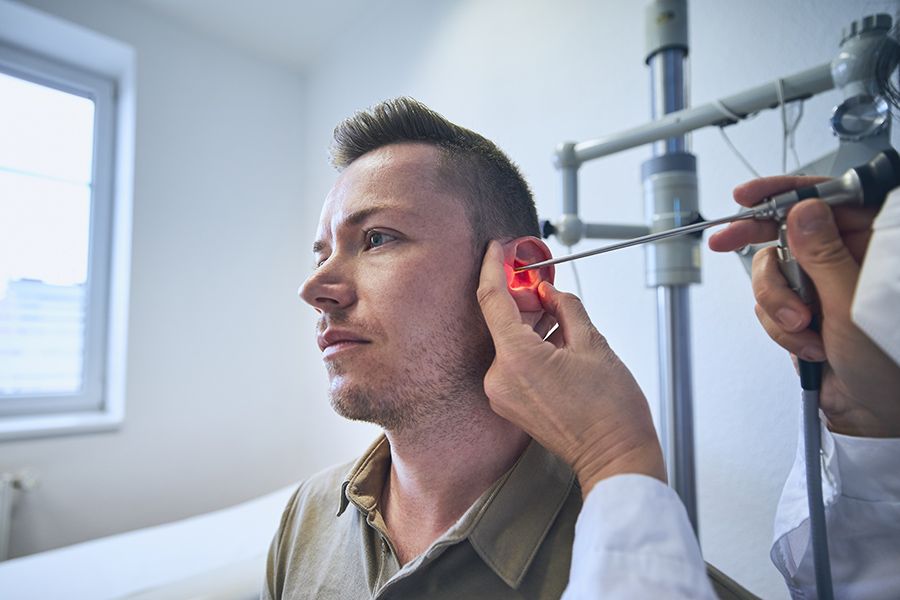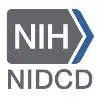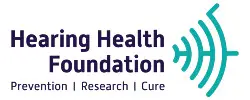Introduction
Imagine a world where hearing loss is a thing of the past, a world where conditions like Otosclerosis are no longer a roadblock but merely a hurdle to be effortlessly leaped over. This vision may seem distant, but it is by no means unattainable. With every passing day, we edge closer to that reality, thanks to the relentless efforts of researchers and clinicians worldwide who are dedicated to unraveling the mysteries of Otosclerosis.
The journey towards this future is fraught with challenges, but every challenge is an opportunity for innovation. As we peer into the horizon, we see exciting prospects and a wave of potential breakthroughs that promise to redefine our understanding of Otosclerosis and transform its treatment landscape. This blog post will take you on an enlightening journey through the anticipated breakthroughs in Otosclerosis research, the future of Cochlear implants in Otosclerosis, advancements in surgical techniques, future perspectives on diagnosis, and potential genetic therapies on the horizon.
Anticipated Breakthroughs in Otosclerosis Research
Over the years, Otosclerosis research has made significant strides, unraveling many aspects of this complex condition. But there are still uncharted territories, questions that are yet to be answered, mysteries yet to be solved. The next phase of Otosclerosis research is set to be even more thrilling, promising breakthroughs that could turn the tide in our battle against this condition.
The quest for biomarkers is one such promising area. Biomarkers are biological markers that can be measured to indicate the presence or severity of a disease. For Otosclerosis, the identification of reliable biomarkers would revolutionize diagnosis and treatment, allowing for early intervention, personalized therapy, and better prognostic accuracy. Current research is focusing on both genetic and proteomic biomarkers, with several promising candidates already identified. The future will likely see these biomarkers incorporated into clinical practice, further enhancing our ability to manage Otosclerosis effectively.
The Future of Cochlear Implants in Otosclerosis
The advent of Cochlear implants has transformed the lives of many individuals with severe to profound hearing loss, offering a chance to regain what was once lost. But their application in Otosclerosis has been somewhat limited, primarily due to the complexity of the disease and the intricacies involved in the implant procedure.
This is all set to change as we move forward. Researchers are now exploring novel implant designs and surgical approaches specifically tailored for Otosclerosis. This includes implants that are compatible with the unique anatomical characteristics of an Otosclerosis-affected ear and techniques that can overcome the challenges posed by the otosclerotic foci. With these advancements, Cochlear implants may soon become a mainstay in the management of advanced Otosclerosis, promising improved audiological outcomes and a better quality of life for affected individuals.
Experience the world like never before with the RCA OTC Behind-the-Ear Hearing Aid. Our advanced digital technology ensures that every sound is crystal clear and vibrant, allowing you to fully immerse yourself in life’s experiences. Whether it’s the laughter of loved ones or the music that moves you, our hearing aid brings back the joy of every moment.
Say goodbye to the hassle of appointments and prescriptions. The RCA OTC Hearing Aid is designed to meet the needs of individuals without the need for a prescription. With its seamless setup and user-friendly design, you can effortlessly enhance your hearing abilities and stay connected to the world around you. Simply unpack, wear, and enjoy improved auditory perception instantly.
Experience optimal comfort and style with our discreet behind-the-ear design. The thin tube design allows you to wear glasses comfortably, so you can enjoy clear hearing while maintaining your personal sense of style. Plus, our rechargeable battery ensures long-lasting power, eliminating the inconvenience of constantly replacing small batteries. Elevate your hearing experience with the RCA OTC Hearing Aid and embrace the world with confidence.
Advancements in Surgical Techniques for Otosclerosis What’s Next?
Surgery has long been a cornerstone in the management of Otosclerosis, especially when conservative treatments fail to yield the desired results. Over the years, surgical techniques have evolved significantly, driven by advancements in technology and a deeper understanding of the disease. But there’s always room for improvement, and the future holds exciting prospects.
One area of interest is minimally invasive surgery. Minimally invasive procedures have numerous advantages over traditional surgery, including less post-operative pain, quicker recovery, and reduced risk of complications. In the context of Otosclerosis, the development of minimally invasive techniques could transform surgical management, offering better outcomes with fewer risks.
Additionally, there’s a growing interest in robot-assisted surgery. Robots can perform precise, controlled movements, which is crucial in a delicate area like the ear. They can also facilitate procedures that would otherwise be challenging due to the complex anatomy of the ear. As robotic technology continues to evolve, we may soon see robots playing a more prominent role in Otosclerosis surgery, promising a new era of precision and efficacy.
Future Perspectives on Otosclerosis Diagnosis
Diagnostic tools for Otosclerosis have come a long way, from rudimentary hearing tests to advanced imaging techniques. However, diagnosis is still largely reliant on clinical history and audiometry, both of which have their limitations. The future of Otosclerosis diagnosis lies in overcoming these limitations and developing more accurate, reliable, and accessible diagnostic tools.
One promising avenue is the use of artificial intelligence (AI) in diagnostic imaging. AI algorithms can analyze imaging data with remarkable accuracy, identifying patterns and abnormalities that may be missed by the human eye. In the context of Otosclerosis, AI could be used to detect otosclerotic lesions in imaging studies, aiding in early diagnosis and treatment planning.
Another area of interest is teleaudiology, which involves the use of telecommunication technology to provide audiology services remotely. This could be particularly useful for individuals in remote areas, who may not have easy access to specialized audiology services. With the advent of smart devices and apps capable of performing basic audiological tests, we could potentially see a shift towards remote diagnosis and monitoring of Otosclerosis in the future.
Lipo-Flavonoid Plus, Tinnitus Relief for Ringing Ears
Considered the most effective over-the-counter solution by ENTs, this product comes highly recommended by doctors for reducing ear ringing. Its effectiveness has been acknowledged and trusted by medical professionals in the field.
Please note that exposure to heat or sunlight may cause melting or damage to the product. To ensure the product’s integrity, customers are advised to be present during the delivery process.
Formulated with a natural lemon bioflavonoid complex, this product contains a rich blend of essential vitamins and nutrients such as Vitamins C, B1, B2, B6, B12, Calcium, Choline Bitartrate, Inositol, Niacin, and Pantothenic Acid. These ingredients provide vital nutritional support for the inner ear, making it beneficial for individuals with tinnitus and Meniere’s syndrome.
Potential Genetic Therapies for Otosclerosis A Look Ahead
Otosclerosis has a strong genetic component, and as our understanding of the genetic underpinnings of the disease improves, so does the prospect of genetic therapies. Genetic therapies involve the use of genes to treat or prevent diseases. In the case of Otosclerosis, this could involve strategies such as gene silencing, where the activity of disease-causing genes is suppressed, or gene editing, where harmful mutations are corrected at the DNA level.
While these techniques are still largely in the experimental stage, they hold enormous potential. The ability to target the disease at its very root – the genetic level – could offer a definitive cure, something that current treatments cannot provide. Although the path to bringing these therapies into clinical practice is long and fraught with challenges, the progress made so far is encouraging.
In conclusion, the future of Otosclerosis research and treatment is incredibly exciting. With potential breakthroughs in research, advancements in Cochlear implant technology, new surgical techniques, innovative diagnostic tools, and the promise of genetic therapies, there is a sense of optimism and anticipation. The journey towards a world where Otosclerosis is no longer a debilitating condition is well underway, and with every step we take, we move closer to that vision.
As we navigate through this exciting future, it is crucial to remember that the ultimate goal is not just to develop new treatments or diagnostics but to improve the lives of individuals affected by Otosclerosis. In the face of scientific advancement, the needs, experiences, and voices of those living with Otosclerosis must always remain at the center of our efforts.
While the challenges are substantial, the collective determination and resilience of the global Otosclerosis community – researchers, clinicians, patients, and advocates alike – are even more formidable. As we stand at the brink of this new era, there is a sense of eager anticipation. We look forward to a future where Otosclerosis is but a minor inconvenience, a future where hearing loss is a relic of the past.

“What Did You Say?” Protect Your Hearing – Hearing Loss Is Irreversible
Introduction Hearing loss is a common and often overlooked health issue that affects millions of people worldwide. Whether it is due to exposure to loud

Tinnitus Treatments: Examining Supplements, Technology
Another person found alleviation in running, saying it assisted him reclaim a sense of control. Still one more individual explained the experience as “amazing”– a








